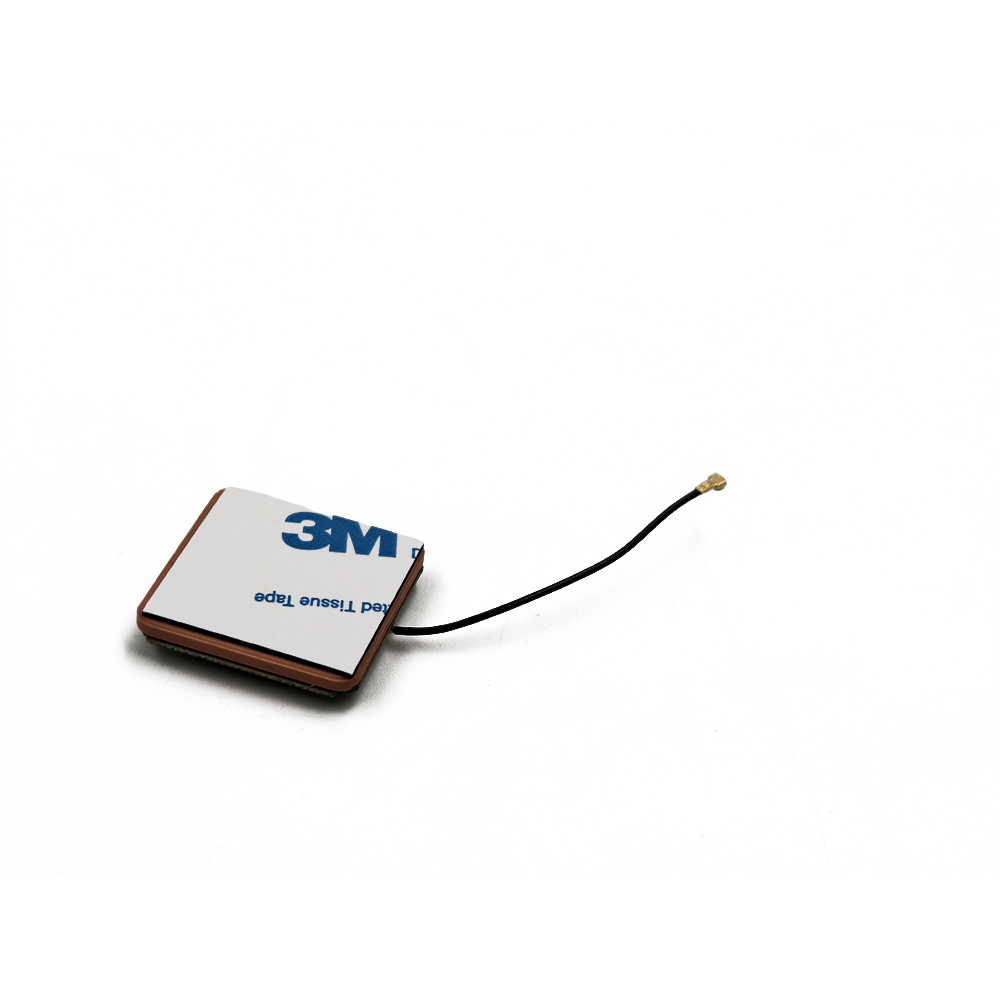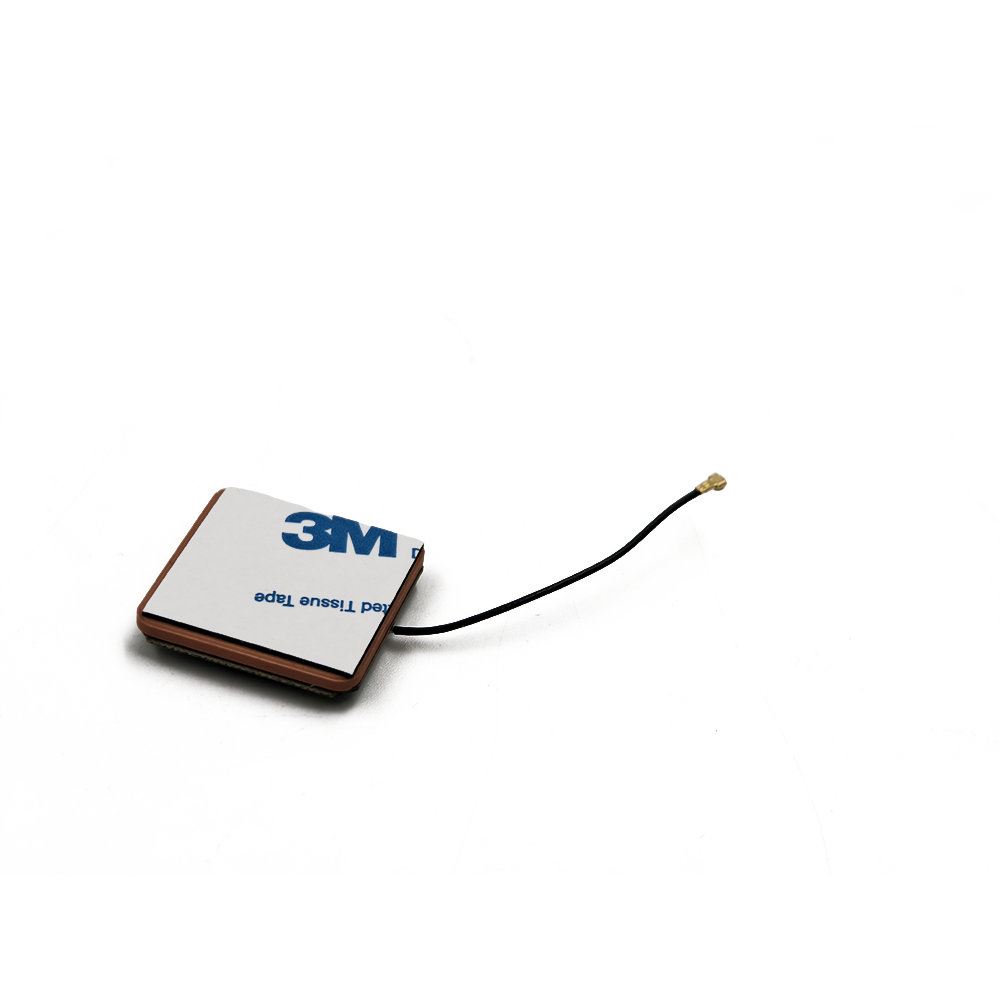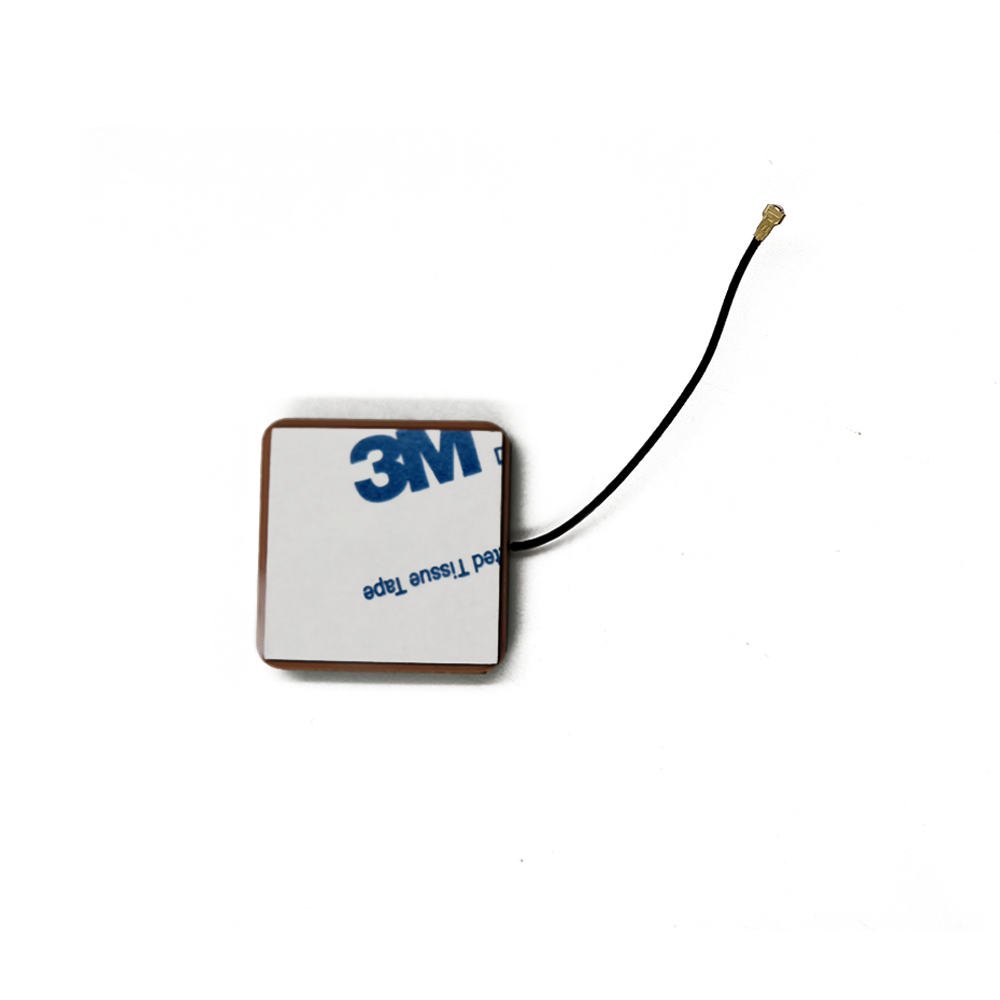The embedded active GPS ceramic antenna has become a cornerstone technology in the Internet of Things (IoT) ecosystem, enabling precise location awareness across a diverse array of applications. Its compact size, high sensitivity, and ease of integration make it ideal for devices that require reliable positioning in dynamic, often signal-challenged environments. As global connectivity expands and demand for real-time data grows, these antennas are playing an increasingly vital role in shaping intelligent, location-aware systems.
Current Applications
Asset Tracking and Logistics:
One of the most widespread uses of embedded active GPS ceramic antennas is in asset tracking solutions. From shipping containers and fleet vehicles to high-value equipment and inventory, these antennas enable real-time monitoring of location, movement, and status. Their ability to maintain satellite lock in urban canyons or partially obstructed environments ensures continuous visibility across supply chains, improving security, reducing loss, and optimizing logistics operations.
Wearables and Personal Trackers:
Smartwatches, fitness bands, and personal safety devices rely on these antennas to provide location-based services such as route mapping, geofencing, and emergency alerts. In child or elderly trackers, the combination of small form factor and reliable indoor-outdoor performance ensures user safety without compromising comfort or battery life.
Smart Agriculture and Environmental Monitoring:
IoT sensors deployed in precision farming—such as soil moisture probes, livestock collars, and drone-based crop monitors—use GPS antennas for geo-tagged data collection. This enables farmers to create detailed field maps, monitor animal movements, and apply inputs with spatial accuracy, enhancing productivity and sustainability.
Urban Infrastructure and Smart Cities:
In smart city deployments, GPS-enabled IoT devices are used for parking management, waste bin monitoring, streetlight control, and public transit tracking. The embedded antenna’s resilience to multipath interference makes it suitable for dense urban environments where signals reflect off buildings and vehicles.
Industrial IoT and Predictive Maintenance:
Mobile machinery, construction equipment, and industrial robots use GPS for fleet management, usage logging, and remote diagnostics. When combined with sensor data, location information helps predict maintenance needs and optimize operational efficiency.
Drones and Autonomous Robots:
Delivery drones, agricultural UAVs, and warehouse robots depend on accurate positioning for navigation, path planning, and obstacle avoidance. The lightweight and compact nature of ceramic GPS antennas makes them ideal for integration into these agile, battery-powered platforms.
Wildlife and Conservation Tracking:
Miniaturized GPS tags equipped with active ceramic antennas are attached to birds, marine animals, and endangered species to study migration patterns, habitat use, and behavioral ecology. These devices must operate reliably in remote locations with limited power, making efficient signal reception critical.
Future Trends
Multi-Constellation and Multi-Band Support:
While current designs primarily target GPS L1, future antennas will support multiple GNSS constellations (GLONASS, Galileo, BeiDou) and frequency bands (L2, L5) to improve accuracy, availability, and robustness. Multi-band operation enables ionospheric correction and faster convergence for RTK (Real-Time Kinematic) positioning, paving the way for centimeter-level accuracy in IoT applications.
Integration with 5G and LPWAN Networks:
As 5G and Low-Power Wide-Area Networks (LPWAN) like NB-IoT and LTE-M expand, GPS antennas will be embedded alongside cellular modules in converged communication platforms. This allows seamless transmission of location data over long distances with low latency, enabling new applications in autonomous mobility and edge computing.
AI-Driven Location Analytics:
The fusion of GPS data with artificial intelligence will enable predictive modeling for traffic flow, energy consumption, and environmental changes. Embedded antennas will serve as data sources for AI algorithms that optimize routing, resource allocation, and decision-making in real time.
Miniaturization and Flexible Substrates:
Advances in materials science may lead to flexible or stretchable ceramic composites, allowing antennas to be integrated into curved surfaces or wearable textiles. Further miniaturization could enable GPS functionality in micro-sensors and ingestible medical devices.
Energy Harvesting and Ultra-Low-Power Designs:
To extend battery life, future active antennas may incorporate energy harvesting (e.g., solar, RF, or thermal) or adaptive power management that activates the LNA only when needed. Duty-cycling and sleep modes will become more sophisticated, balancing performance with energy efficiency.
Enhanced Security and Anti-Spoofing Features:
As location data becomes more critical, there will be growing demand for secure positioning. Future antennas may integrate with cryptographic GNSS signals (e.g., Galileo OS-NMA) or include built-in spoofing detection to ensure data integrity in sensitive applications.
Mass Deployment in Consumer Electronics:
With falling costs and improved performance, embedded GPS antennas will become standard in everyday devices—from smart home appliances to retail beacons—enabling contextual awareness and personalized services.
In summary, the embedded active GPS ceramic antenna is not just a component but a key enabler of intelligent, connected ecosystems. As IoT continues to evolve toward greater autonomy, accuracy, and integration, these antennas will remain at the forefront of innovation, driving smarter, safer, and more sustainable solutions across industries.
Conclusion
The embedded active GPS ceramic antenna has firmly established itself as a critical enabler of location intelligence in the rapidly expanding Internet of Things (IoT) landscape. By combining the compact, high-efficiency characteristics of ceramic patch technology with the signal-boosting capabilities of an integrated Low-Noise Amplifier (LNA), this antenna architecture delivers reliable, high-sensitivity positioning in the smallest and most power-constrained devices. Its ability to capture and amplify weak GNSS signals—often below -130 dBm—while maintaining a footprint of just a few square millimeters makes it uniquely suited for modern IoT applications where size, performance, and integration are paramount.
From asset trackers and wearable health monitors to smart city sensors and autonomous drones, the embedded active GPS ceramic antenna is empowering a new generation of connected devices that require real-time, accurate location data. Its design elegance lies in the seamless fusion of materials science, RF engineering, and microelectronics, allowing manufacturers to deploy robust positioning solutions without requiring deep expertise in antenna design. This plug-and-play capability accelerates product development and ensures consistent performance across large-scale deployments.
However, the technology is not without its challenges. The added power consumption of the LNA demands careful energy management in battery-operated systems. Sensitivity to PCB layout, ground plane design, and electromagnetic interference requires meticulous attention during integration. Additionally, the fragility of ceramic materials and the cost premium over passive alternatives necessitate thoughtful trade-offs in rugged or cost-sensitive applications.
Looking ahead, the evolution of this technology will be shaped by the broader trends in IoT and wireless communication. The shift toward multi-constellation, multi-frequency GNSS support will enhance accuracy and reliability, enabling centimeter-level positioning even in urban environments. Integration with 5G, LPWAN, and AI-driven analytics will transform these antennas from simple receivers into intelligent nodes within larger, context-aware networks. Advances in energy efficiency, miniaturization, and security will further expand their applicability into medical, industrial, and consumer domains.
In conclusion, the embedded active GPS ceramic antenna is more than a component—it is a foundational element of the connected world. As the demand for real-time location data continues to grow across industries, this technology will play an increasingly vital role in building smarter, more responsive, and more sustainable systems. Its ongoing refinement and integration into next-generation IoT platforms underscore its importance as a key driver of innovation in the era of ubiquitous connectivity and intelligent automation.




































































 Language
Language
 En
En Cn
Cn Korean
Korean

 Home >
Home > 








 18665803017 (Macro)
18665803017 (Macro)













